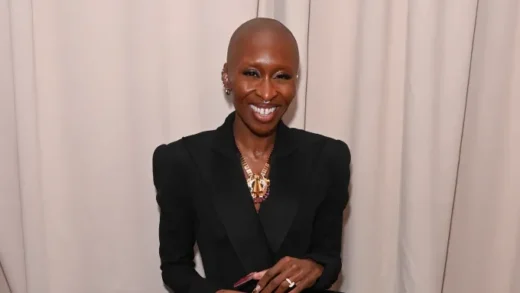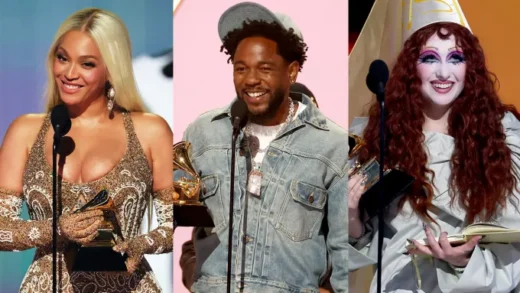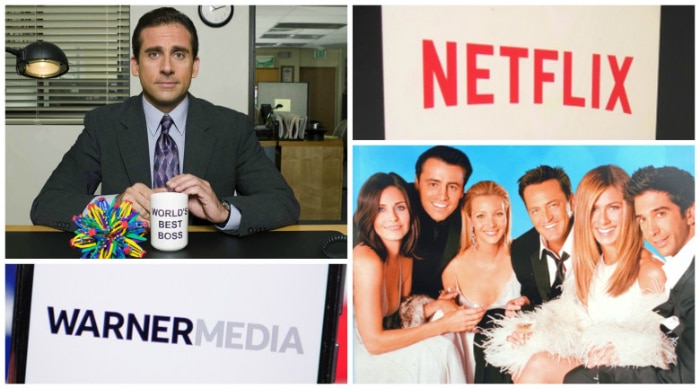Consumers want to sample new shows and watch old favorites immediately, and they turn to streaming to do it. Who will ultimately be able to give them what they want — Netflix, or the new platforms from old players?
TV execs often lament how the legacy companies helped create the Netflixmonster. In licensing so much library and original content to the streamingbehemoth, they found a lucrative new revenue stream — but they also managed to change viewer habits as we know it. In particular, the fast availability of so many hit broadcast and cable shows on streaming helped doom home entertainment, dramatically shifted the traditional syndication window, and changed the way viewers sample new shows.
Now, as we enter 2019, the entire television industry faces another inflection point. This is the year that the congloms finally try to put the genie back in the bottle — or at least, finally own their own bottles. Ultimately, what happens this coming year may set a new course for both the future of Netflix and the fate of traditional media companies.
As Disney and WarnerMedia enter the streaming wars (with Comcast expected to join as well) — a decade after Netflix first entered the space — the goal now is to stay in control of their content while going where the consumers are.
The first battleground in the Streamocalypse of 2019 won’t be in original programming, but what happens to the library content that drives what consumers buy. Old-school media companies face a new challenge: Popular series like “Friends” and “The Office” will be critical to help launch their services. But if those shows move exclusively in-house, will consumers arrive in large enough droves to help offset the revenue they currently get from Netflix and its streamer ilk?
Or will the promise of rich license fees — and larger viewership — from the likes of Netflix and Hulu continue to be too big to ignore? (And if so, will that stymie the growth of these new offerings?) So far, the traditional media companies aren’t quite ready to make a clean break, as witnessed by WarnerMedia’s willingness to cash Netflix’s $100 million “Friends” check.
“I really found it interesting that Warner Bros. didn’t put one of the first real bullet wounds into Netflix by not renewing ‘Friends,’” said one veteran TV exec. “If you looked at where the drum beats were about three weeks ago, people were getting pissed that Netflix was going to lose ‘Friends.’
But if that library content does move exclusively to those new streaming services, how does that ultimately impact Netflix, once consumers realize most of their favorite library programs are gone?
As that exec noted, “Now, project yourself two, three, four years in the future when not only is ‘Friends’ gone from there, but a whole lot of other shows that are TV favorites and all that’s left there are primarily those Netflix originals.”
We could very well be talking about Netflix’s library problem in a few years. But for now, at least, Netflix is still in the driver’s seat — as the traditional congloms have long allowed Netflix to be synonymous with the great aggregator of all things TV. For much of this decade, the major studios struck deals with Netflix and others to place their fare on the streaming services soon after a show’s linear run. That was a fresh revenue stream for the congloms, but it also inadvertently created new viewer habits — teaching audiences to wait and sample buzzworthy shows when they become available on the streamers.
(Excerpt) Read More at: IndieWire.com





